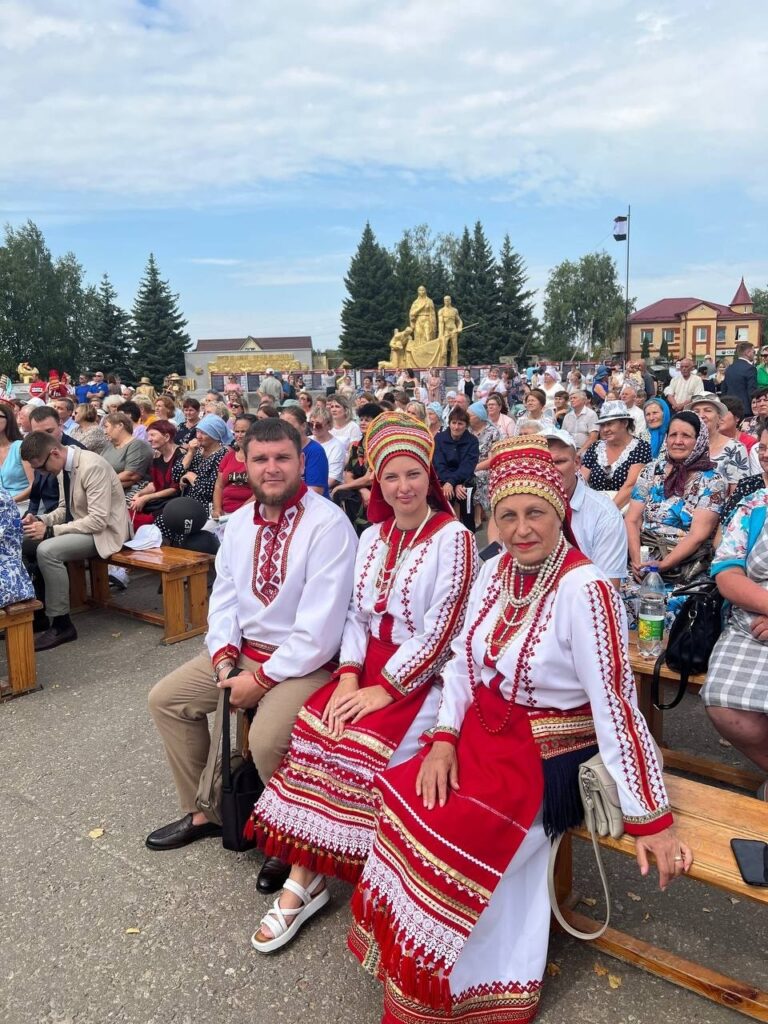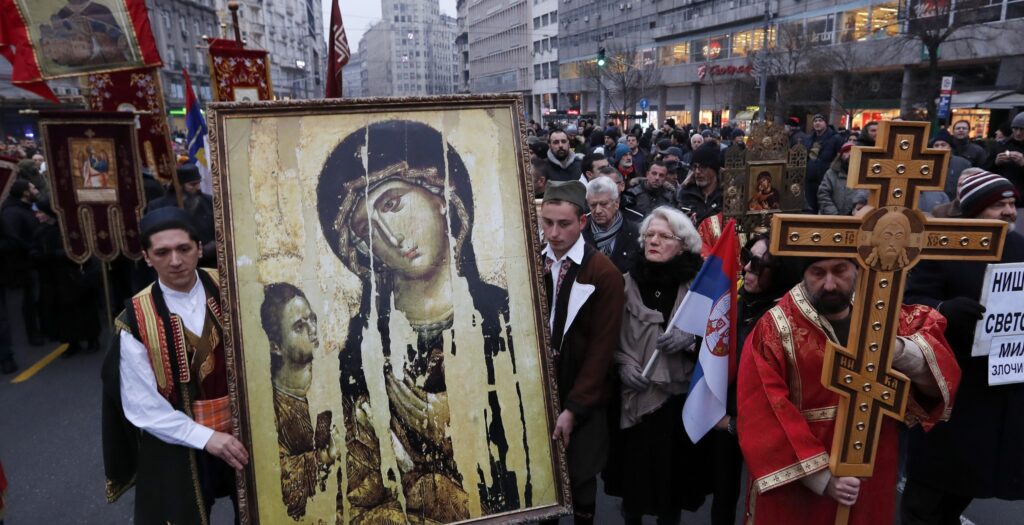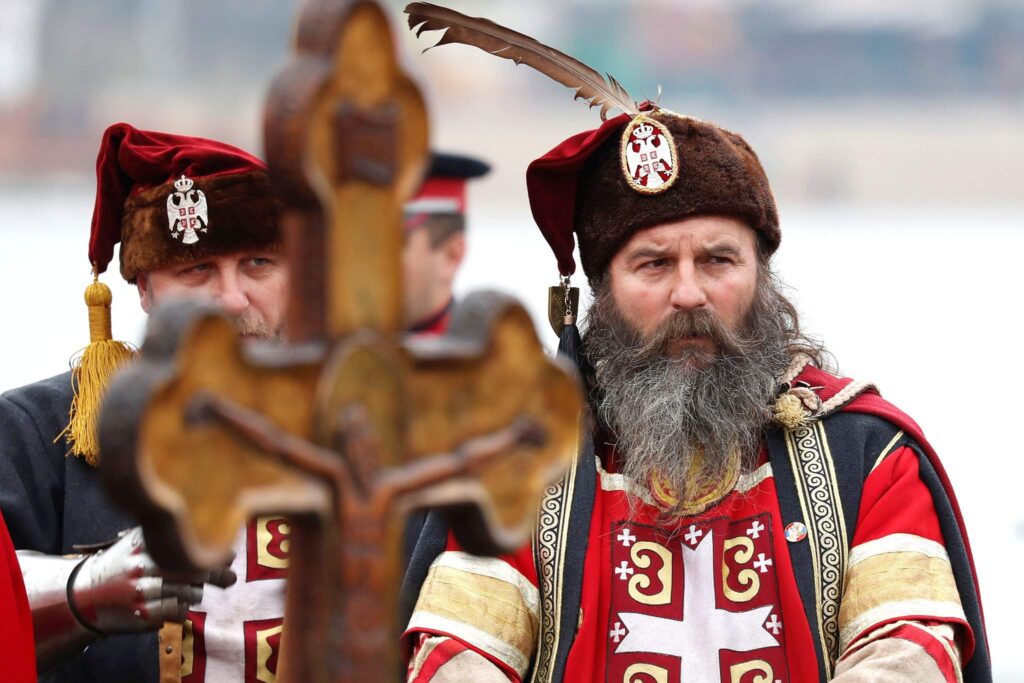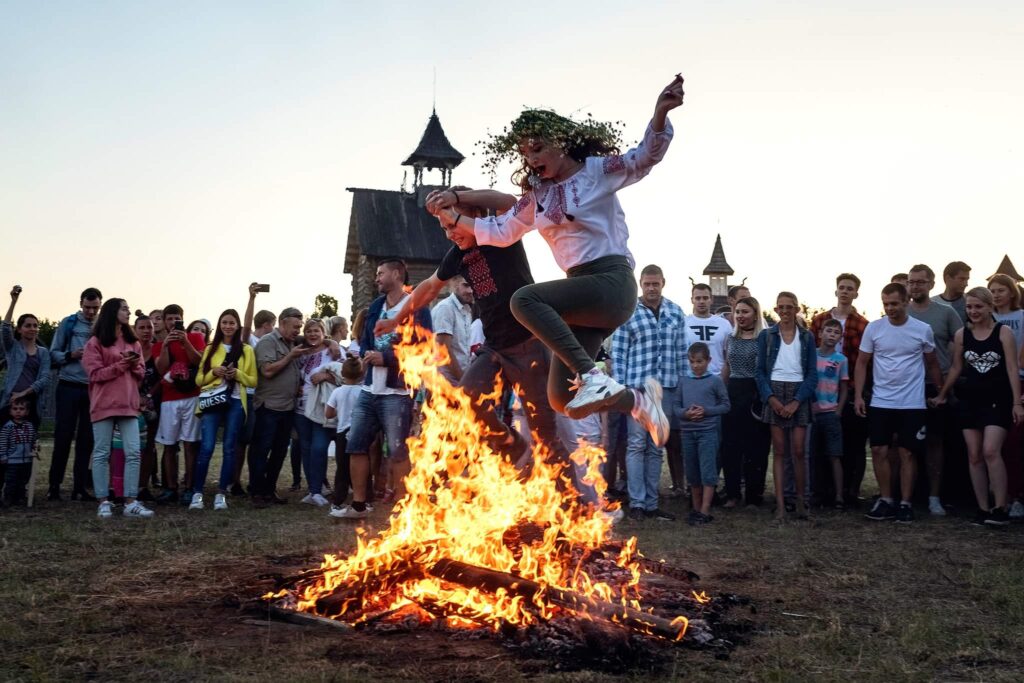Religious Holidays of Montenegro: A Historical Context
The rich tapestry of Montenegro’s history has given birth to a diverse range of religious observances and ceremonies. Understanding the origins of the Religious Holidays of Montenegro requires a deep dive into the country’s past, which is intricately linked with the spread of various religions throughout the Balkans.
The origins of religious celebrations in Montenegro are rooted in the confluence of Slavic pagan traditions and the spread of Christianity. By the 9th century, the Christianization of Slavs had begun, and with it came the assimilation of indigenous festivals into Christian liturgy. The local beliefs merged with Christian narratives, creating unique Montenegrin religious observances that distinguished it from its neighbors.
The Religious Holidays of Montenegro also bear the imprint of the Ottoman Empire. With its dominion over the Balkans for nearly four centuries, Islam became an integral part of Montenegrin society. While Christianity remained dominant, Islamic holidays began to find their place in the Montenegrin calendar, reflecting the peaceful coexistence of the two religions.
In the 20th century, as Montenegro transitioned through various political regimes, religious freedom faced numerous challenges. Yet, the resilience of the Montenegrin spirit ensured that their religious holidays, both Christian and Islamic, remained a vital part of their cultural identity.
Today, the Religious Holidays of Montenegro not only serve as a reflection of its rich history but also as a testament to the nation’s ability to harmonize different faiths and traditions in a symphony of peaceful coexistence.

Christian Celebrations in the Religious Holidays of Montenegro Calendar
Montenegro, with its vibrant blend of cultures and religions, has a rich tradition of religious observance. While there are multiple faiths represented in the nation, Christianity holds a special place in the heart of many Montenegrins. Delving into the Christian segment of the Religious Holidays of Montenegro reveals a beautiful mosaic of traditions and ceremonies.
One of the paramount Christian holidays celebrated is Easter, known as “Vaskrs.” This festivity, commemorating the resurrection of Jesus Christ, is observed with great reverence. Traditional activities include painting eggs, attending church services, and feasting with family. The painted eggs, often dyed red to symbolize the blood of Christ, are exchanged among family members and friends as tokens of love and renewal.
Christmas, or “Božić,” is another deeply rooted celebration in Montenegro’s Christian tradition. Occurring on January 7th according to the Julian calendar, this holiday is marked by special church services and familial gatherings. A significant custom is the “badnjak” – a young oak tree branch or log brought into the home and burned on Christmas Eve, reminiscent of the warmth and light of Christ.
The Assumption of Mary, known locally as “Velika Gospojina,” is another significant day in the Montenegrin Christian calendar. Celebrated on August 28th, it pays homage to the Virgin Mary’s ascent into heaven. This day is not just of religious importance but also has cultural and communal resonance, with festivities, fairs, and gatherings taking place in various parts of Montenegro.
These are but a glimpse into the plethora of Christian celebrations that pepper the Religious Holidays of Montenegro. Each holiday, with its unique customs and significance, paints a vivid picture of Montenegro’s deep-rooted Christian faith and its harmonious integration with the nation’s diverse cultural tapestry.

Islam's Influence on the Religious Holidays of Montenegro
Montenegro, known for its cultural diversity and religious pluralism, has long been a confluence of various religious traditions. While Christianity has deep roots in the nation, Islam too has made significant contributions to the Religious Holidays of Montenegro. The influence of Islam is particularly evident in the northern and eastern parts of the country, where the Muslim population is more pronounced.
One of the most significant Islamic holidays observed in Montenegro is Ramadan, the holy month of fasting. The end of Ramadan is marked by Eid al-Fitr, locally referred to as “Bajram.” This celebration is a day of joy, gratitude, and family gatherings. Delicious feasts are prepared, and it’s customary for Montenegrin Muslims to visit the graves of their departed loved ones, offering prayers and remembering their legacy.
Another crucial Islamic holiday is Eid al-Adha, or “Kurban Bajram.” This festival commemorates the willingness of Ibrahim (Abraham in Christianity) to sacrifice his son as an act of obedience to God. In Montenegro, as in many other countries, it’s traditional to sacrifice an animal, usually a sheep, and distribute the meat among family, friends, and those in need.
The influence of these Islamic holidays on the wider Montenegrin culture is palpable. During these times, even non-Muslim Montenegrins are often involved in the festivities, either by joining their Muslim friends in celebrations or by observing the public manifestations of these traditions. This mutual respect and inter-religious participation in the Religious Holidays of Montenegro underscore the nation’s spirit of unity in diversity.
In conclusion, the tapestry of religious observances in Montenegro is rich and multifaceted. Islam, with its profound traditions and celebrations, adds to the depth and diversity of the Religious Holidays of Montenegro, promoting mutual respect and understanding among its inhabitants.

Contemporary Significance and Practices of Religious Holidays in Montenegro
Religious Holidays of Montenegro are not just mere dates in a calendar; they represent a blend of traditions, beliefs, and cultural practices that continue to shape the nation’s identity. Over the years, these celebrations have evolved, reflecting both the ancient roots and the modern sensibilities of Montenegrin society.
In contemporary times, the significance of the Religious Holidays of Montenegro goes beyond religious observance. They serve as a bridge, fostering unity and mutual respect among the diverse religious communities in the country. While each religious group may have its own distinct practices, many Montenegrins, regardless of their faith, participate in or at least appreciate the customs associated with holidays from various religious backgrounds.
For instance, Christmas and Easter, primarily Christian holidays, are celebrated with fervor not only by the Orthodox and Catholic Christians but are also acknowledged by others in the community. Families come together for special meals, exchange gifts, and attend church services. Similarly, Islamic holidays like Eid al-Fitr see a convergence of not only the Muslim population but also others who join in the celebrations, respecting the essence of the festival.
Moreover, the modern practice of celebrating these religious holidays often incorporates elements that appeal to the younger generation. Social media plays a role in spreading the message of love, tolerance, and the significance of these occasions. Cities in Montenegro light up, events are organized, and the air is filled with a sense of joy and camaraderie.
In conclusion, the Religious Holidays of Montenegro in today’s context are a testament to the country’s inclusive approach to diversity. While retaining their religious essence, these holidays have grown to become occasions that underline unity, cultural exchange, and mutual appreciation, making Montenegro a beacon of religious harmony in the modern world.

